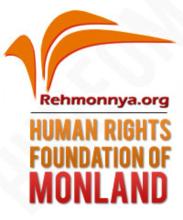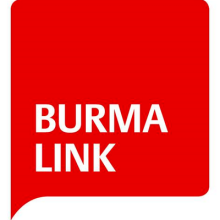Resource information
Executive Summary: "Recently, much attention surrounding Burma has focused on the democratic reform, 2015 elections and the future of the National League for Democracy (NLD)-led Government, whilst a profound humanitarian crisis and continuing concerns of the ethnic minority communities in the southeast have been largely ignored. The recent story of political and economic reform has insufficiently addressed the ongoing struggles of internally displaced persons (IDPs), as they become an inconvenient truth rendered invisible by the larger reform narrative. Nearly 70 years of ethnic conflict has created a displacement crisis with over 644,000 internally displaced and over 479,000 refugees fleeing the country predominantly from ethnic areas. At present, over 100,000 refugees live in camps along the Thailand-Burma border, and approximately 400,000 IDPs live in protracted displacement in southeast Burma. As the continuing political and social transformation in Burma and the triumph of the NLD in the 2015 elections captivates local citizens and foreign observers around the world, optimism and the infectious idea that those displaced will soon begin to move back to Burma has led to further decline in donor funding along the Thailand-Burma border. This has deeply impacted the refugees and IDPs living along the border whose lives depend on international aid as well as essential services and programs offered by local ethnic service providers, which were traditionally funded by the international donor community. Many refugees are now feeling squeezed out of the camps, bearing a resemblance to the experience of Mon refugees who were pushed back across the border to Burma and became IDPs over 20 years ago. As expressed by many Mon IDPs interviewed for this report, they have yet to find durable livelihood solutions in IDP sites and continue to suffer from chronic poverty, debt and lack of medical care. Inside Burma, stagnation in amending repressive laws, military dominance in politics, the absence of an inclusive ceasefire and political dialogue, the presence of landmines and land confiscation that has become endemic throughout the country continue to render the definition of a safe and dignified voluntary return of refugees meaningless. As plans to repatriate over 100,000 refugees along the border continue to be discussed, there is an increasing need to reflect on the past and draw lessons that could prevent a future protracted IDP situation in the country. This report aims to shed light on lessons that can be learned from the past for all stakeholders involved in all stages of planning for the return of refugees and IDPs. While the IDPs interviewed for this report expressed their desire to stay in their current locations as opposed to relocation or return to their original location, they often cited two major obstacles to their possible return: not having land to return to and continuing considerations about safety including lack of sustainable peace in their place of origin. The plight of villagers and farmers in Ye and Yebyu Township in their struggle to preserve and protect their land from the Burma Army, the State and private investors indicate that refugees and IDPs are likely to face increasing housing, land and property (HLP) rights violations upon their return. These HLP rights violations must be resolved not only to ensure the durable return of IDPs and refugees, but also to end further displacement that is adding to the already vast number of displaced people inside and out of the country. Steps must also be taken to ensure that a genuine and inclusive peace process remains a priority, as it is only through an inclusive ceasefire and sustainable peace that a durable solution can be found for the disenfranchised and displaced communities in Burma. Community-based organizations (CBOs), ethnic service providers, and grassroots movements with decades of experience and knowledge that have worked side-by-side with their communities through difficult and challenging times are tackling these very issues and concerns that the IDPs, refugees and villagers are facing. As the new NLD-led Government has begun to take the reins of the political and economic reforms set in motion by the previous government, all parties must ensure that the efforts of those who have consistently worked alongside ethnic communities are supported and advocated, and not sidelined. HLP rights of refugees and IDPs must be restored, laws that are legacies of the past must be amended, landmines must be cleared from the land and an inclusive ceasefire followed by a political solution is needed to protect them from further abuse and possible secondary displacement before a durable livelihood solution can be achieved. National reconciliation is possible only when victims begin receiving the support they need to ensure that they can rebuild their lives in safety and dignity.




